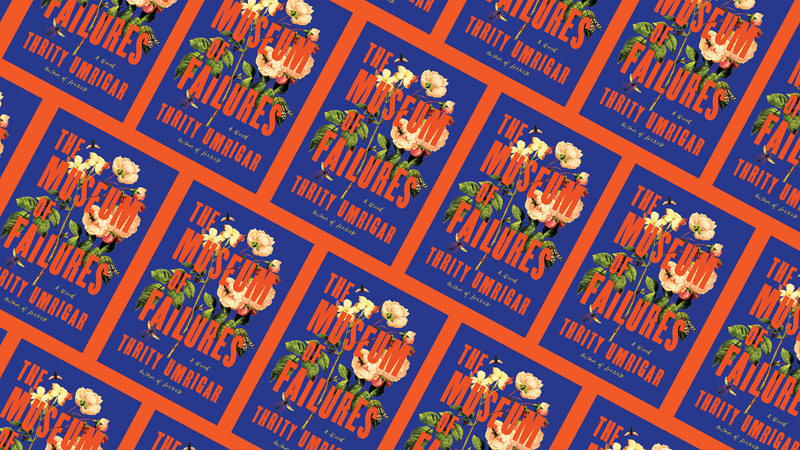The Museum of Failures is an excellent example of Thrity Umrigar’s strengths as a novelist
Article By Nalini Iyer | The Examiner
Thrity Umrigar is the author of ten previous books including the popular The Space Between Us and the The Secrets Between Us. Museum of Failures is her 11th book for adults.
Umrigar’s fiction often features the Parsi (Zorastrian) community of India, especially women, and the city of Bombay, or Mumbai as recurring elements. She also features the Indian immigrant experience in many of her novels. Museum of Failures invokes these common elements and tells the story of Remy Wadia, a poet turned adman, who lives in Columbus, Ohio, with his white pediatrician wife, Kathy.
Remy and Kathy are childless and seeking to adopt a baby from India when a stroke of luck connects them to Monaz, a young, unwed, pregnant Parsi woman who happens to be the niece of Remy’s best friend. Remy flies to Bombay to meet Monaz and to explore the possibility of adopting her child. When he arrives in India, he discovers that Monaz has had a change of heart and wants to keep the baby and marry its father while keeping her pregnancy secret from her own parents.
In the meantime, Remy visits his aging mother, Shirin, only to discover that she is ill and in the hospital with a respiratory infection. Remy’s visit to India gets extended as he cares for Shirin. We learn of his complicated relationship with his mother who was temperamental and kept her distance from Remy when he was growing up. Remy had idolized his late father Cyrus and still grieves for him.
As Remy nurses his mother back to health, he discovers hidden family secrets that radically change how he views his parents and his childhood. At the same time, the adoption saga runs its own course of numerous twists and turns. Eventually, both the mother-son relationship and the adoption narrative reach resolutions and Remy finds joy and comfort at the end of both.
Museum of Failures is an excellent example of Umrigar’s strengths as a novelist — she evokes Mumbai cityscapes beautifully and is bound to make many a diasporic Indian nostalgic for the city and its sights, sounds, and foods. She sensitively portrays the Parsi community, a minority whose numbers are fast depleting. She understands the struggles of a diasporic subject — the tie to two different homes and countries whose demands often conflict with one another. In Remy’s case, it’s career and wife in one space and an aging, lonely, mother in another.
The two storylines — Remy’s family history and his search for a baby to adopt — are well structured and intertwined well. There are moments that do stretch the reader’s credibility such as Kathy’s choice to leave the adoption decision entirely up to Remy. Does not a prospective adoptive mother want a say in who her future child might be? She remains an unbelievably virtuous and supportive wife who is a shadowy voice on phone calls or a nebulous figure in Remy’s story of their courtship.
The characters in India from Remy’s parents to Dina, a friend of his father’s and his friends like Jango and Shenaz are multi-faceted and credible. Overall, the novel is classic Umrigar and will undoubtedly be enjoyed by her fans.

